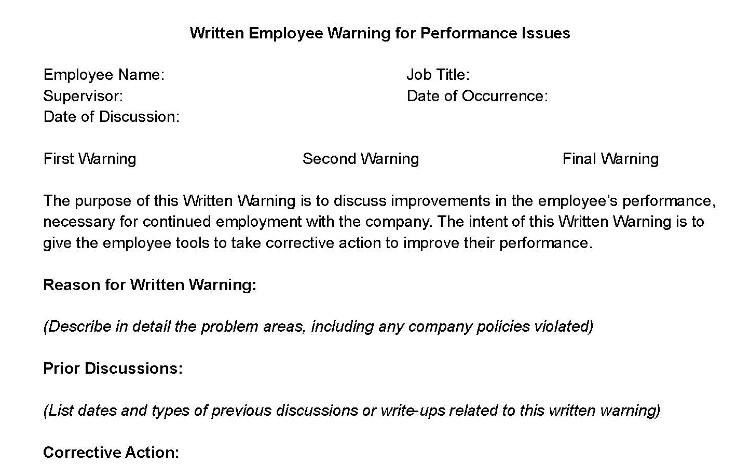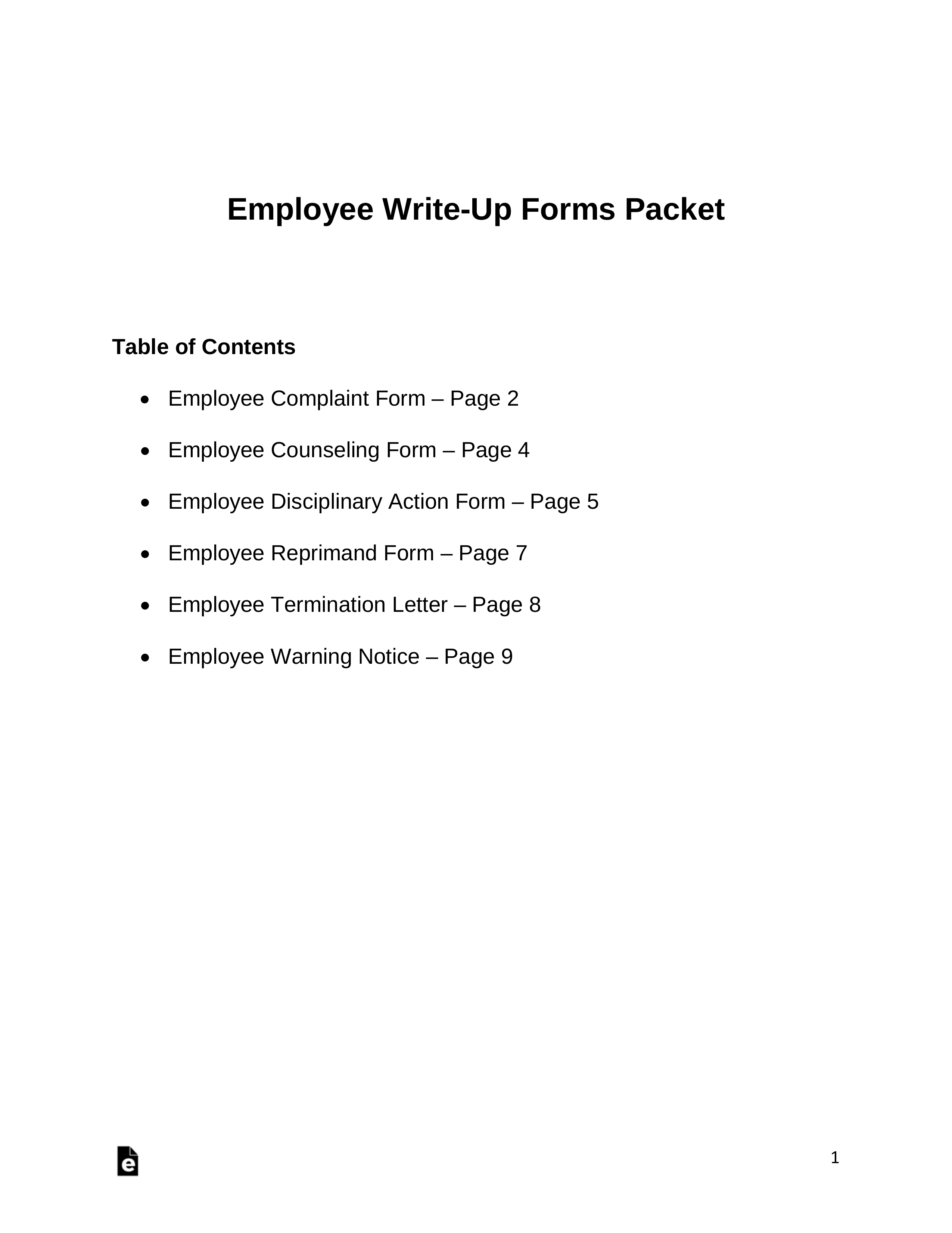How To Write Up An Employee For Bad Attitude
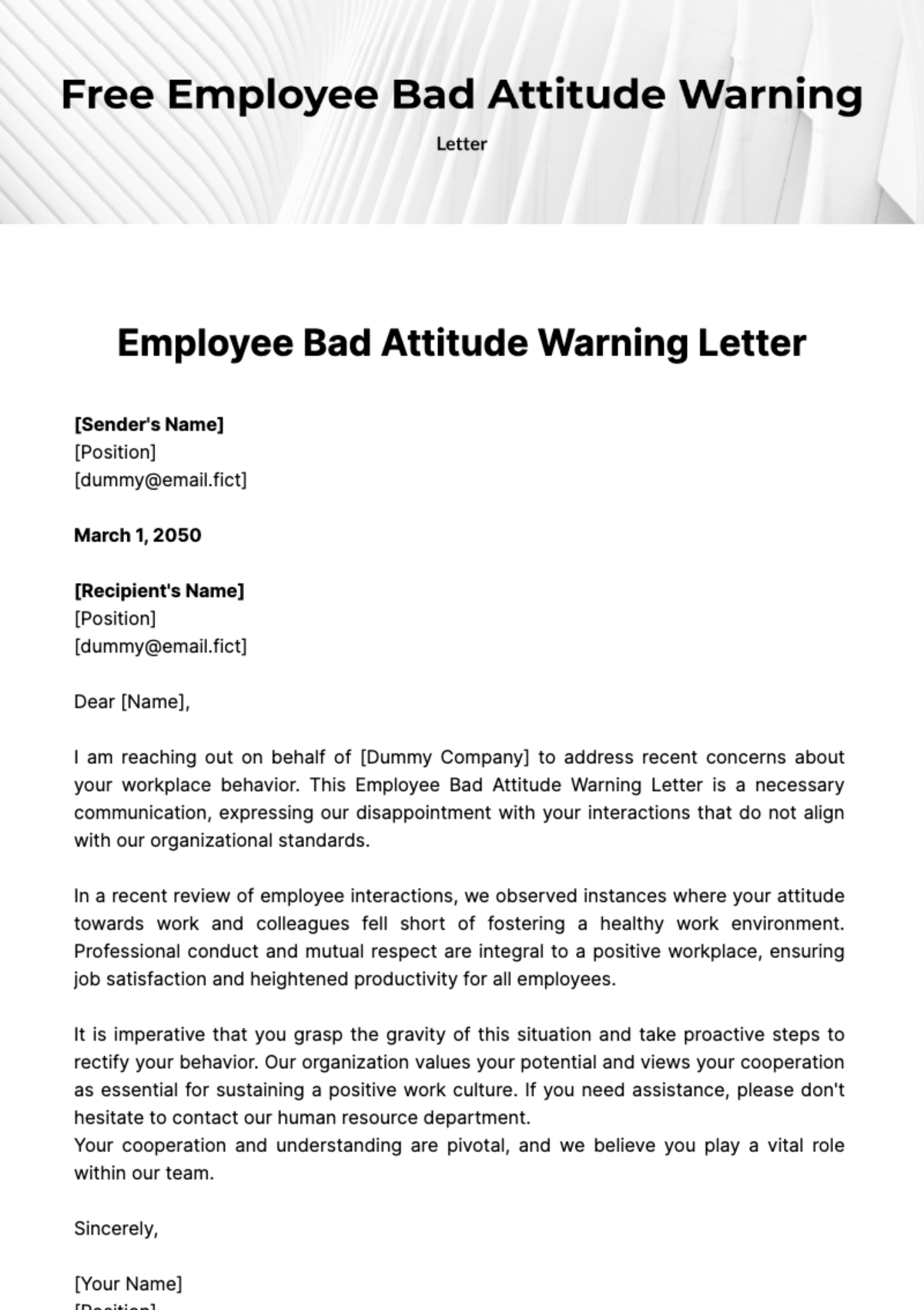
Navigating employee performance issues is a critical responsibility for any manager. Addressing a negative attitude, while often subjective, requires a structured and documented approach. A formal write-up serves as a crucial step in the performance improvement process, but it must be handled with care and precision to be effective and legally sound.
This article outlines a practical guide for employers and managers on how to properly document and address employee attitude problems. The goal is to provide clear steps for improvement and potential consequences, all while maintaining fairness and objectivity.
Understanding the Need for Documentation
Documenting performance issues, including attitude problems, is crucial for several reasons. Firstly, it provides a clear record of the concerns and the steps taken to address them. This documentation is vital if further disciplinary action, up to and including termination, becomes necessary.
Secondly, well-documented issues help to protect the company from potential legal challenges. Without documentation, it can be difficult to prove that the employee was given fair warning and an opportunity to improve.
Defining "Bad Attitude"
Before initiating a write-up, it's essential to define what constitutes a "bad attitude" in the workplace. Broad terms like "negative" or "disrespectful" are too vague. Employers should focus on specific, observable behaviors.
Examples include consistent complaining, negativity that impacts team morale, insubordination, gossiping, or disrespectful communication with colleagues or clients. Objective, factual evidence is crucial.
Steps to Writing a Corrective Action
The write-up should follow a clear and concise format.
- Clearly Identify the Issue: State the specific behavior or incident that is causing concern. Avoid generalizations and provide concrete examples, including dates, times, and witnesses if applicable.
- Outline the Impact: Explain how the employee's behavior is affecting the team, the company, or its customers. Is it affecting productivity, morale, or customer satisfaction?
- Set Expectations for Improvement: Clearly define what the employee needs to do to improve their behavior. These expectations should be specific, measurable, achievable, relevant, and time-bound (SMART).
- State Consequences: Outline the potential consequences if the employee fails to meet the expectations. This might include further disciplinary action, up to and including termination.
- Provide Support and Resources: Indicate what support or resources the company will provide to help the employee improve. This could include training, coaching, or mentoring.
Example: "On October 26, 2023, during the team meeting, you openly criticized Sarah's ideas, stating they were 'unrealistic and a waste of time.' This undermined Sarah's confidence and created a negative atmosphere in the meeting. Going forward, you are expected to communicate constructively and respectfully with all team members, even when you disagree with their ideas. Failure to do so will result in further disciplinary action."
The Importance of Objectivity and Fairness
Maintain objectivity throughout the entire process. Base the write-up on facts, not personal opinions or feelings. Avoid making assumptions about the employee's motives or intentions.
Ensure fairness by applying the same standards to all employees. Investigate thoroughly before issuing a write-up and give the employee an opportunity to respond to the concerns raised.
The Meeting and Follow-Up
Schedule a private meeting with the employee to discuss the write-up. Allow the employee to ask questions and provide their perspective. Listen actively and respectfully.
Document the meeting, including the date, time, attendees, and a summary of the discussion. Ask the employee to sign the write-up to acknowledge that they have received it. Signing does not necessarily mean the employee agrees with the contents, but it confirms they have been informed of the concerns.
Follow up regularly to monitor the employee's progress. Provide ongoing feedback and support. Document all interactions related to the performance issue.
Legal Considerations
Before issuing a write-up, be aware of any relevant employment laws or company policies. Ensure that the process complies with all applicable regulations.
Consult with HR or legal counsel if you have any questions or concerns. In particular, be sensitive to issues related to discrimination or retaliation, as these can lead to legal liabilities. Document everything and proceed with caution.
The Human Element
While documentation and procedures are vital, remember the human element. Approach the situation with empathy and a genuine desire to help the employee improve.
A constructive conversation can often be more effective than a punitive approach. Remember that a positive and supportive work environment ultimately benefits everyone involved.

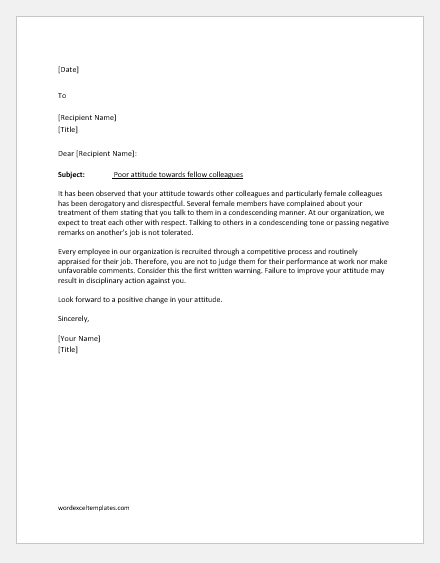
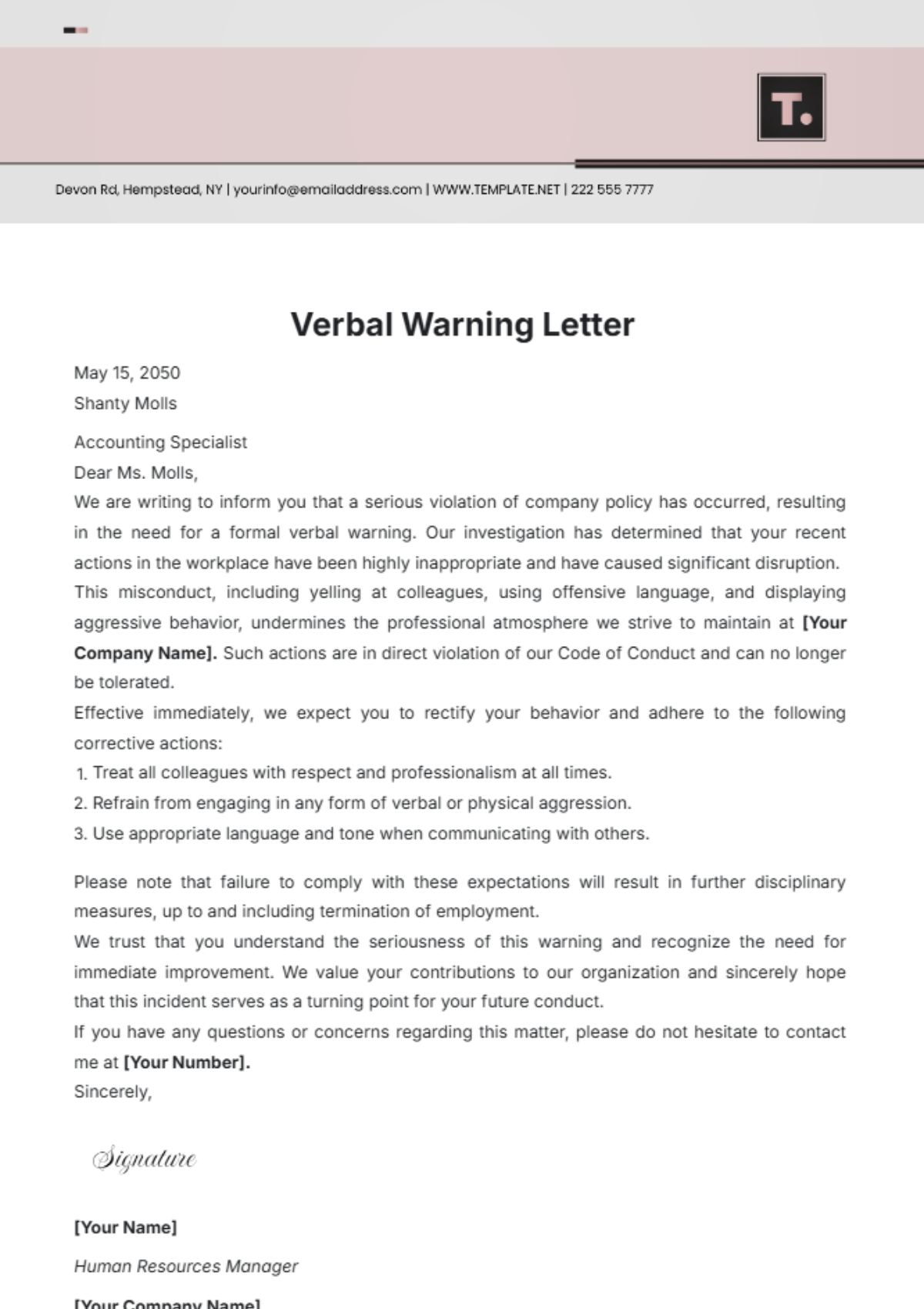
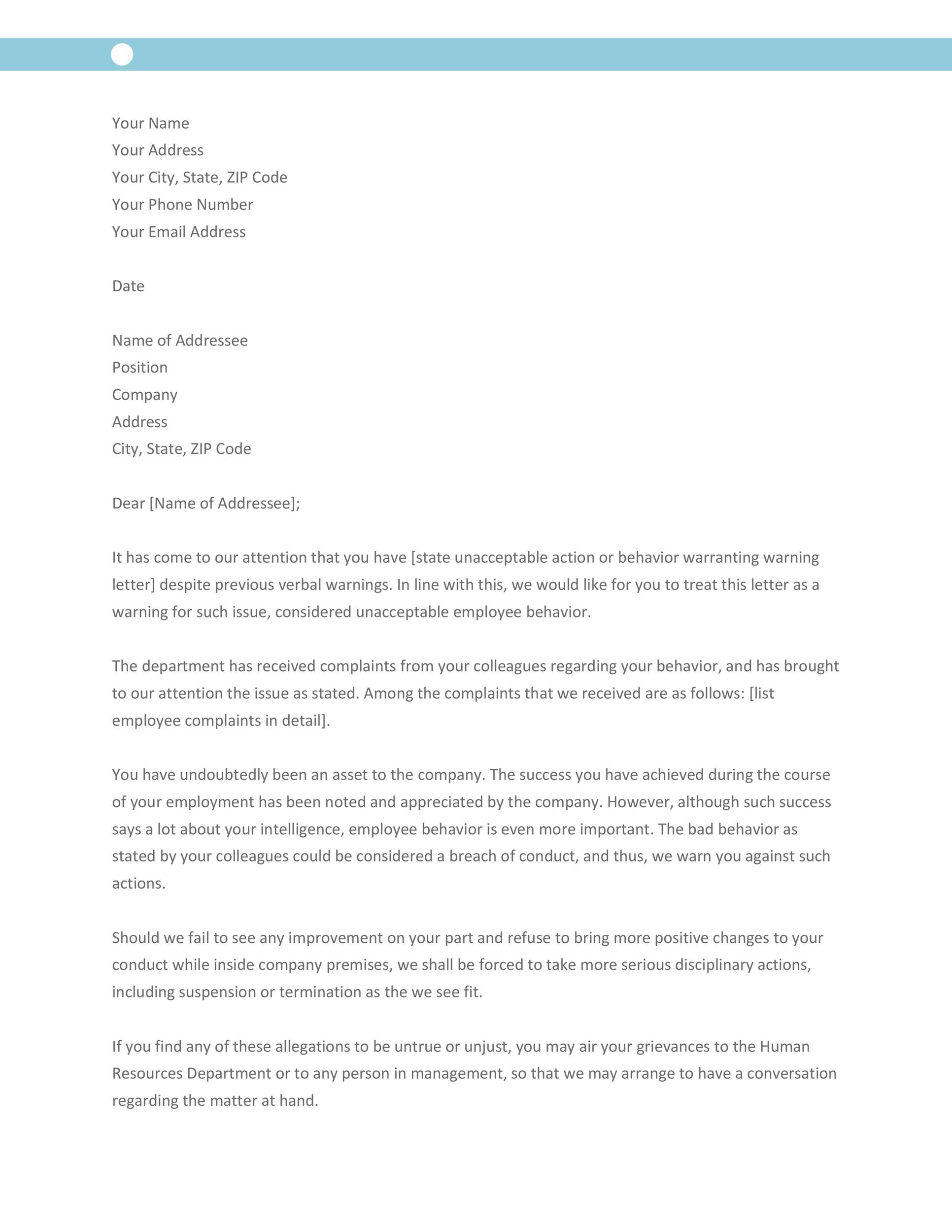
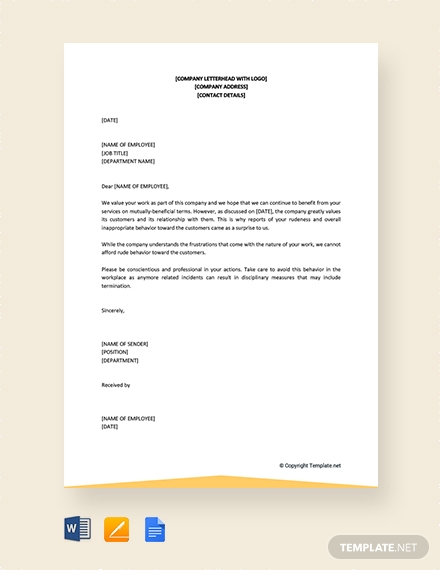
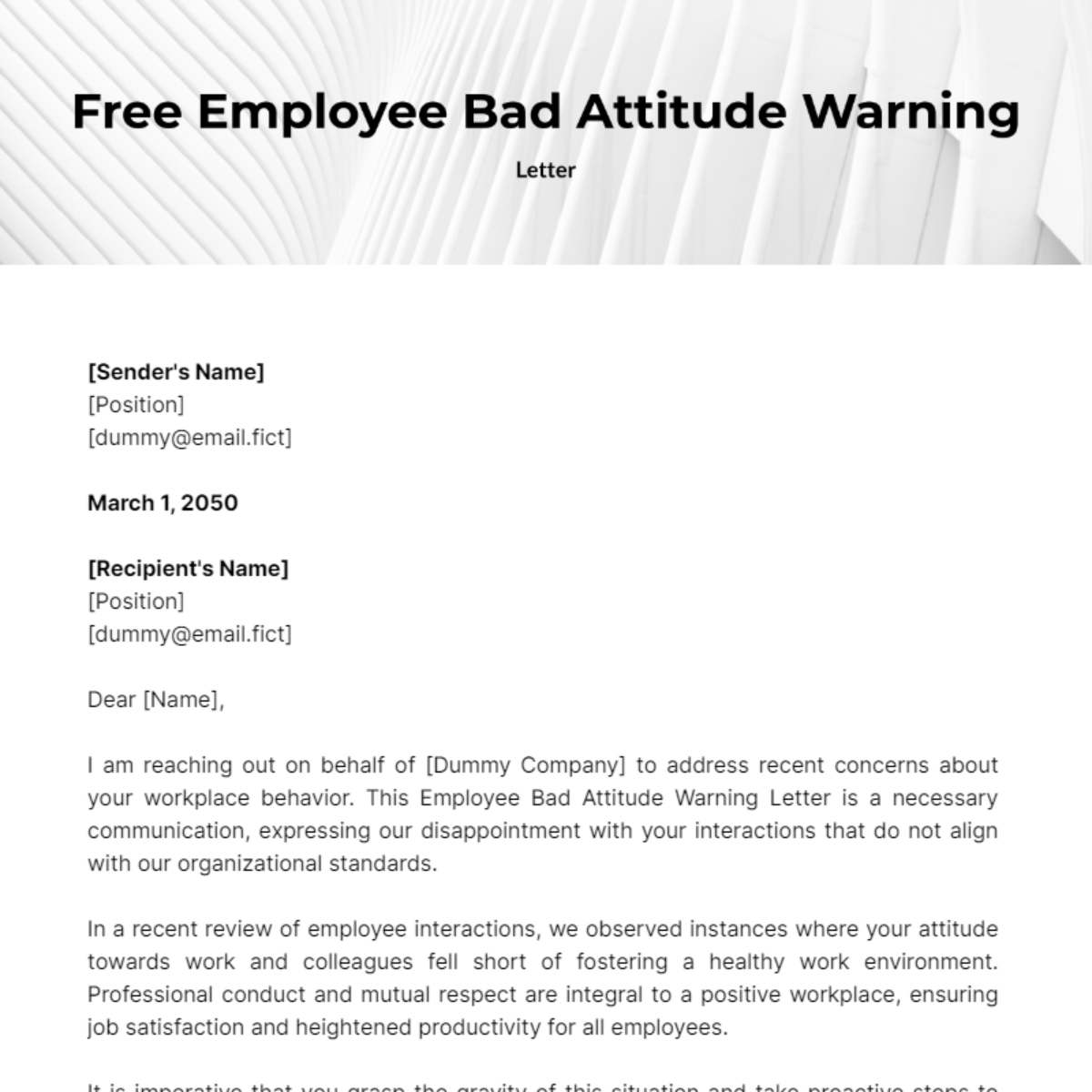
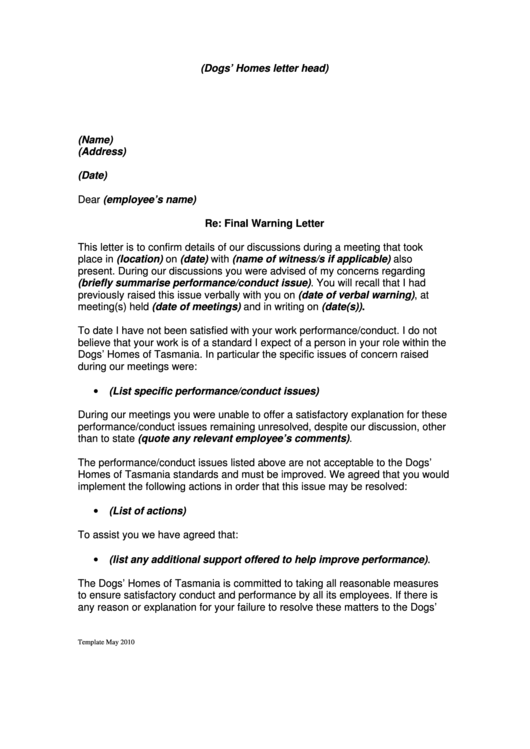
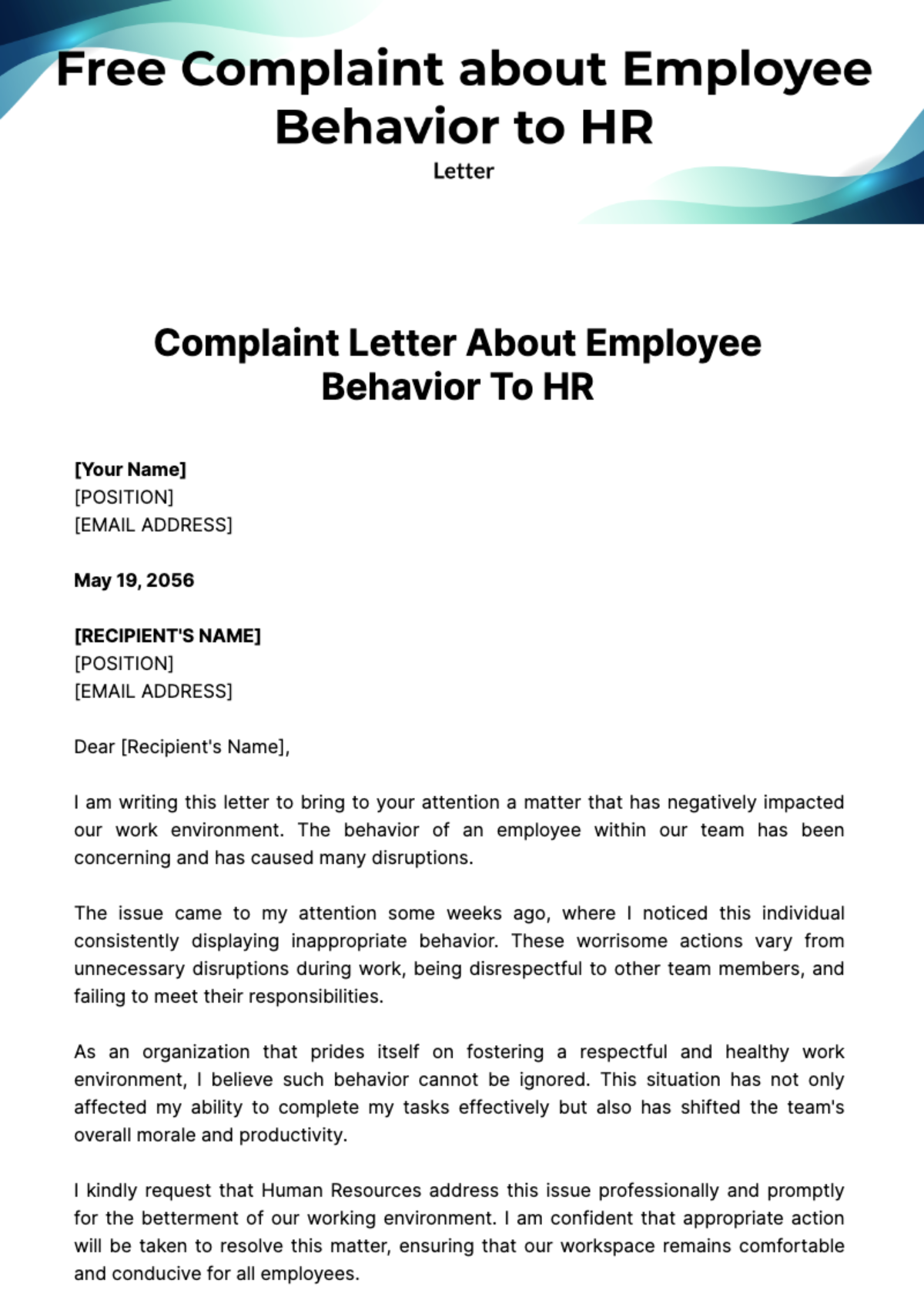
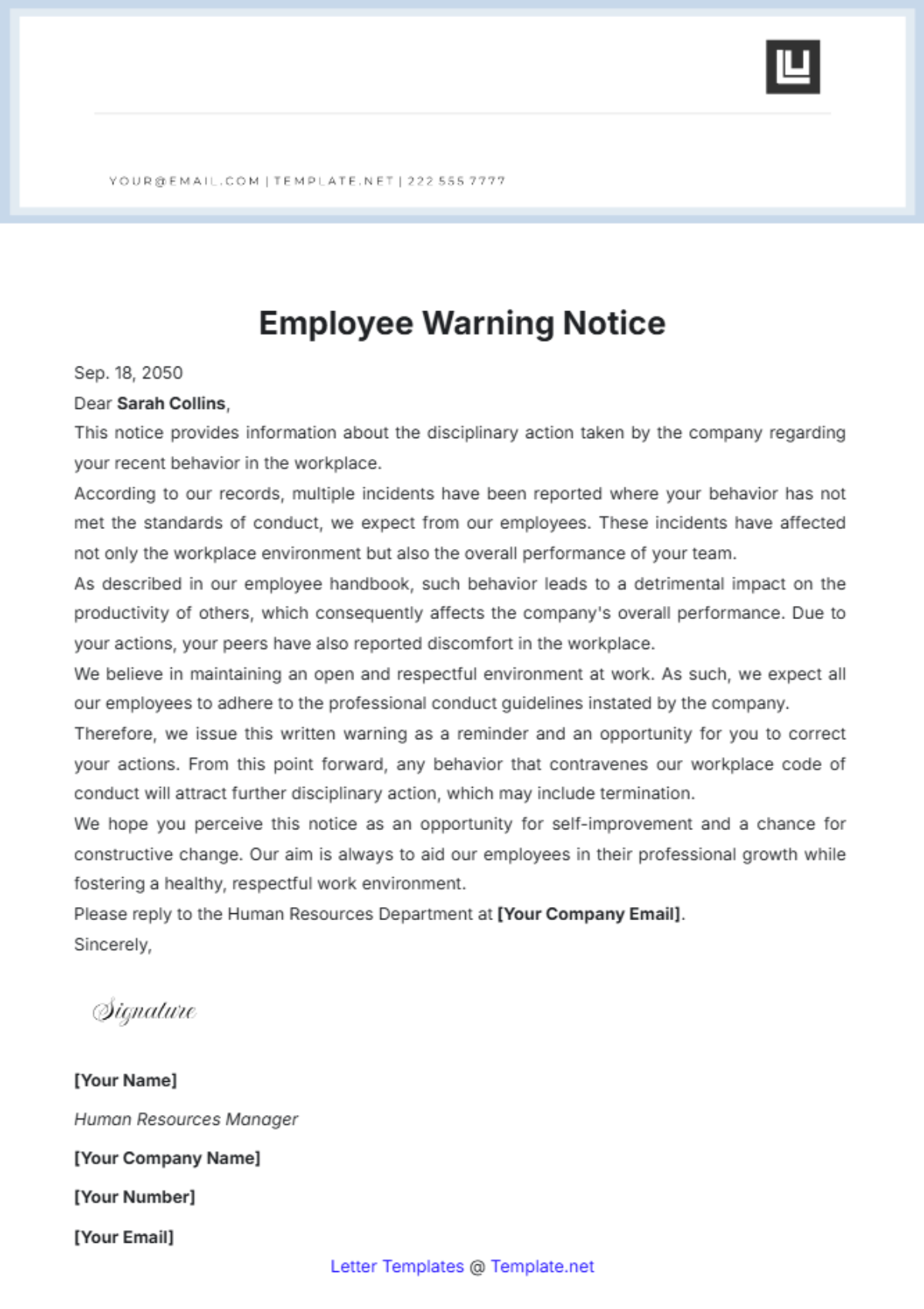

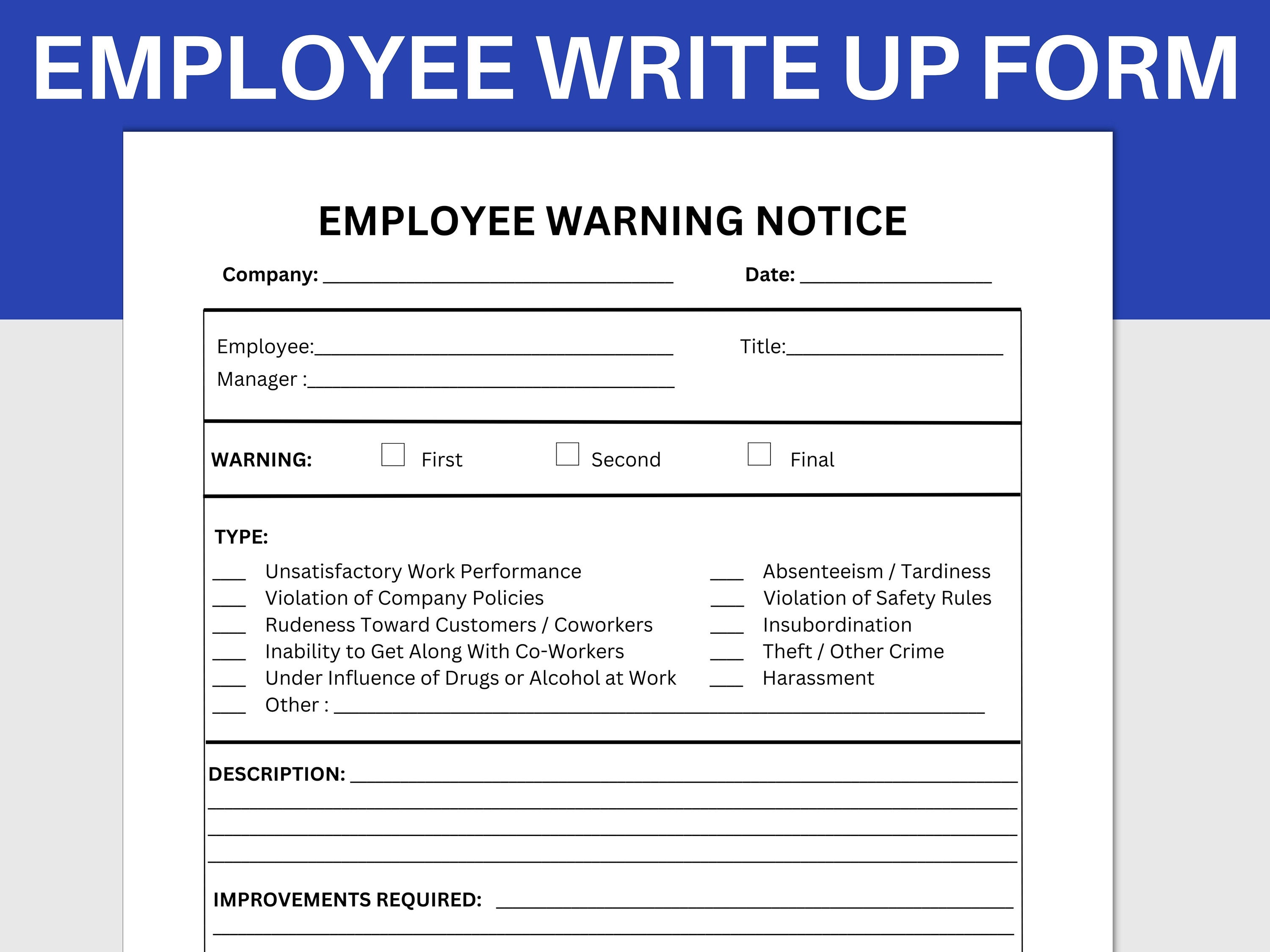

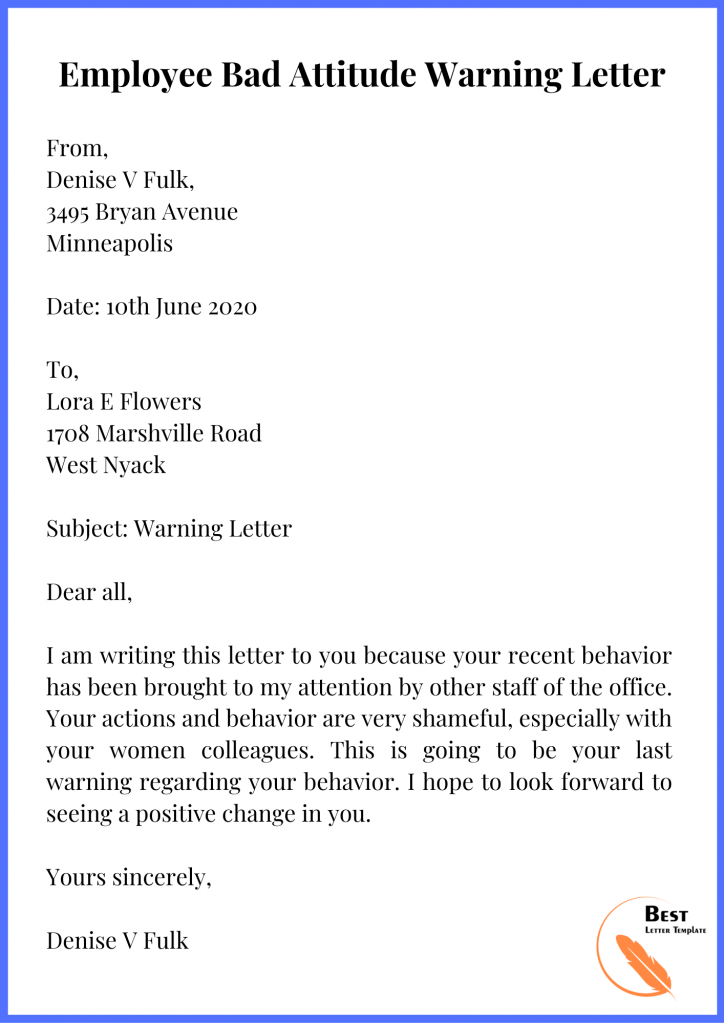

![How To Write Up An Employee For Bad Attitude Free Printable Professional Warning Letter Sample [PDF] Employee](https://www.typecalendar.com/wp-content/uploads/2023/05/employee-bad-attitude-warning-letter.jpg?gid=446)

